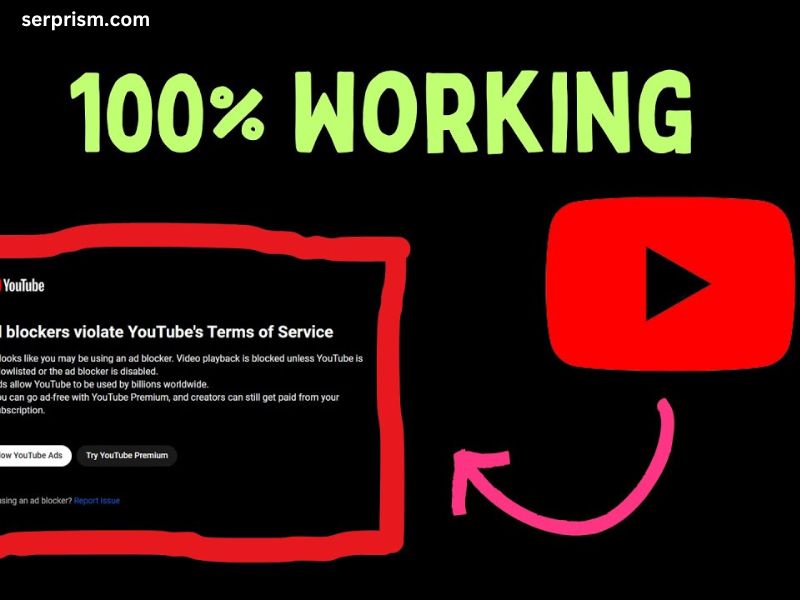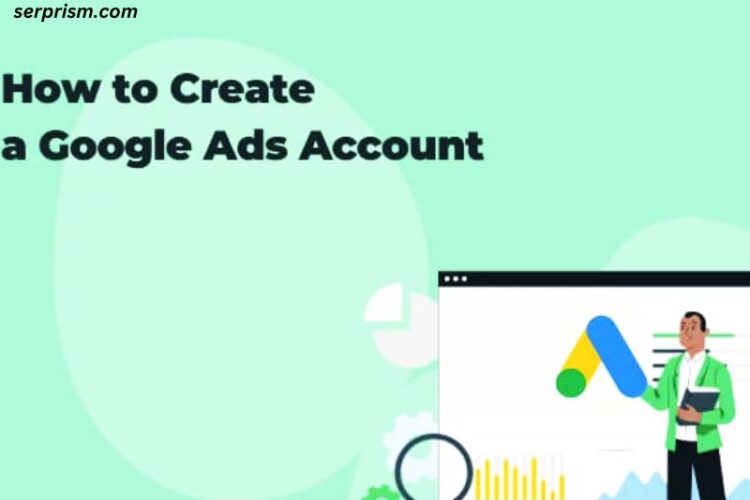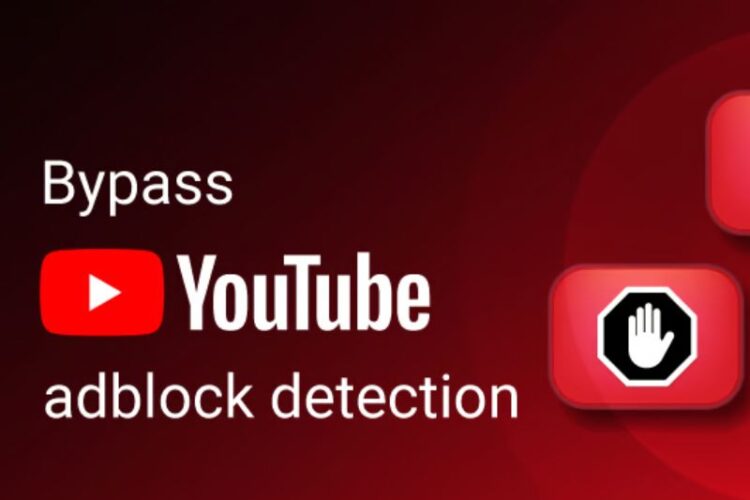
In the digital age, ad blockers have become a prevalent tool for many internet users seeking a seamless online experience. These software extensions or browser plugins are designed to prevent advertisements from appearing on websites, videos, and other digital content. While ad blockers offer a clutter-free browsing experience, their use on platforms like YouTube raises concerns regarding compliance with the platform’s terms of service.
Ad blockers work by identifying and blocking the delivery of advertisements to your browser or device. They employ various techniques, such as filtering out specific URLs, blocking scripts, or hiding elements on a webpage that are designated for ad display. By doing so, ad blockers effectively remove advertisements from your online experience, including those on YouTube.
However, it’s essential to understand that YouTube’s terms of service explicitly prohibit the use of ad blockers on their platform. This policy is in place to protect the revenue streams that support content creators and ensure the platform’s long-term sustainability.
What are the terms of service on YouTube?
YouTube’s terms of service are a legally binding agreement that users must accept to access and use the platform. These terms outline the rights, responsibilities, and acceptable behaviors for both YouTube and its users.
Regarding advertisements, YouTube’s terms of service clearly state that users are not permitted to block, remove, or disable advertisements displayed on the platform. Specifically, the terms state:
“You agree not to access Content through any technology or means other than the video playback pages of the Service itself, the Embeddable Player, or other explicitly authorized means YouTube may designate.”
This provision effectively prohibits the use of ad blockers or any other means of circumventing or interfering with the delivery of advertisements on YouTube.
The impact of ad blockers on YouTube
YouTube relies heavily on advertising revenue to sustain its operations and compensate content creators. When users employ ad blockers, it directly impacts YouTube’s ability to generate revenue from advertisements, which in turn affects the platform’s ability to support and incentivize content creators.
Content creators on YouTube earn a portion of the advertising revenue generated from their videos. By using ad blockers, users are essentially depriving these creators of their rightful compensation for the content they produce. This can make it challenging for creators to sustain their efforts and continue providing high-quality content to their audiences.
Furthermore, the widespread use of ad blockers on YouTube could potentially undermine the platform’s business model, leading to reduced investment in infrastructure, features, and services for both creators and viewers.
Violations of YouTube’s terms of service
Using ad blockers on YouTube constitutes a violation of the platform’s terms of service. By agreeing to these terms, users are legally bound to refrain from employing ad blockers or any other means of circumventing or interfering with the delivery of advertisements.
Violating YouTube’s terms of service can have consequences, ranging from account suspensions to legal action, depending on the severity and frequency of the violation.
Consequences of using ad blockers on YouTube
If YouTube detects that a user is employing ad blockers or engaging in any activity that violates their terms of service, the following consequences may occur:
- Account suspension or termination: YouTube reserves the right to suspend or terminate accounts that persistently violate their terms of service. This means that users who continue to use ad blockers after being warned may have their accounts suspended or permanently terminated.
- Legal action: In extreme cases, YouTube may pursue legal action against users who engage in activities that cause significant harm to the platform or its creators, such as widespread ad blocking or the distribution of tools designed to circumvent advertisements.
- Loss of access to premium features: Users who violate the terms of service may lose access to premium features or services offered by YouTube, such as YouTube Premium or YouTube TV.
- Reduced content quality and availability: If ad blocking becomes widespread, it could lead to reduced revenue for content creators, potentially causing them to produce less content or seek alternative platforms. This could ultimately diminish the quality and variety of content available on YouTube.
Alternatives to ad blockers on YouTube
While ad blockers may offer a more streamlined viewing experience, there are alternative options that allow users to support content creators while still enjoying a high-quality viewing experience on YouTube:
- YouTube Premium: YouTube Premium is a paid subscription service that provides an ad-free experience across all YouTube videos, as well as additional features like offline viewing and background playback. By subscribing to YouTube Premium, users can enjoy an ad-free experience while directly supporting the platform and its creators.
- Channel memberships: Many YouTube creators offer channel memberships, which allow viewers to support their favorite creators directly through recurring payments. In exchange, members often receive exclusive content, perks, and a closer connection with the creator.
- Super Chat and Super Stickers: During live streams, viewers can use Super Chat or Super Stickers to highlight their comments and directly support the streamer with a one-time payment.
- Whitelisting channels or websites: Some ad blockers allow users to whitelist specific channels or websites, enabling advertisements to be displayed on those trusted sources. This can be a compromise for users who want to support their favorite creators while still blocking ads on other websites.
How YouTube is responding to ad blockers
YouTube has taken various measures to combat the use of ad blockers on its platform:
- Technical countermeasures: YouTube employs various technical measures to detect and circumvent ad blockers, such as constantly updating their ad delivery mechanisms and implementing anti-ad-blocking techniques.
- Legal action: In some cases, YouTube has pursued legal action against individuals or entities that distribute ad-blocking tools specifically designed to circumvent advertisements on their platform.
- User education and awareness campaigns: YouTube has launched educational campaigns to inform users about the importance of supporting content creators and the potential consequences of using ad blockers on their platform.
- Incentivizing premium subscriptions: YouTube has actively promoted its Premium subscription service as an alternative to ad blockers, offering an ad-free experience while still supporting the platform and its creators.
The importance of supporting content creators
Content creators are the lifeblood of YouTube, providing a vast array of entertaining, informative, and educational content that attracts millions of viewers daily. By supporting these creators, users ensure the continued growth and diversity of content on the platform.
Advertisements are a crucial revenue stream for content creators, enabling them to invest time and resources into producing high-quality videos. When users employ ad blockers, they effectively deprive creators of their rightful compensation, making it challenging for them to sustain their efforts.
Supporting content creators can take various forms, such as:
- Watching advertisements on their videos
- Subscribing to their channels
- Joining channel memberships
- Purchasing merchandise or sponsorships
- Engaging with their content through likes, comments, and shares
By supporting content creators, users contribute to a thriving ecosystem that fosters creativity, innovation, and the production of diverse and engaging content on YouTube.
How to disable ad blockers on YouTube
If you have been using an ad blocker on YouTube and wish to comply with the platform’s terms of service, here are the steps to disable it:
- Identify the ad blocker you’re using: Determine which ad blocker extension or plugin is installed in your browser. Common examples include AdBlock, AdBlock Plus, uBlock Origin, and others.
- Access the ad blocker settings: Locate the ad blocker’s settings or options menu, usually accessible through an icon or button in your browser’s toolbar or menu.
- Whitelist YouTube: In the ad blocker settings, look for an option to whitelist or allow specific websites or domains. Add “youtube.com” or “*.youtube.com” to the whitelist or allowed list.
- Disable the ad blocker for YouTube: Some ad blockers may have a dedicated option to disable the blocker for specific websites or domains. If available, toggle this option for YouTube to allow advertisements to be displayed.
- Refresh or restart your browser: After making the necessary changes, refresh or restart your browser to ensure the changes take effect.
By following these steps, you can ensure that advertisements are displayed on YouTube, allowing you to support content creators and comply with the platform’s terms of service.
Conclusion
While ad blockers may offer a more streamlined browsing experience, their use on YouTube violates the platform’s terms of service. YouTube relies on advertising revenue to sustain its operations and compensate content creators, making ad blockers a significant threat to the platform’s ecosystem.
By disabling ad blockers on YouTube, users can ensure they comply with the terms of service and support the creators who provide engaging and valuable content. Alternatives such as YouTube Premium, channel memberships, and Super Chat offer ad-free or direct support options for those seeking an uninterrupted viewing experience.
Ultimately, respecting YouTube’s terms of service and supporting content creators is crucial for maintaining a thriving and diverse content ecosystem on the platform. Together, users and creators can foster a sustainable environment that benefits everyone involved.
If you value the content on YouTube and want to ensure its continued growth and diversity, consider disabling your ad blocker or exploring alternative support options like YouTube Premium or channel memberships. By supporting content creators, you contribute to a thriving ecosystem that fosters creativity, innovation, and the production of engaging and valuable content for all to enjoy.




